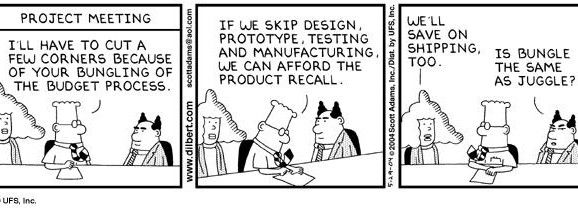
Project management and budgets are inextricably linked. Only by first considering all details of the project – identifying scope, dependencies, and constraints – can a project manager fully identify project costs and allow for contingency when developing a project budget. Although an experienced project manager will have points of reference on which to draw, there will always be unknowns. This is especially true during the early stages of a project, though the initial budget is a starting point against which to measure performance.
Therefore, it is essential that budget development is undertaken in a systematic and methodical manner with the aim of delivering a fully costed project to the client scope. Here we look at a seven step process of project budget development which will ensure budgetary aims are achieved.
- Identify scope elements that must be costed
Using the Work Breakdown Structure (WBS), the first step in budget development is to identify all scope elements within individual tasks which must be costed.
- Conduct cost management planning
Define the set of processes and procedures required for planning and managing project costs, and establish documentation requirements.
- Estimate work package costs
Having identified each work package within the WBS, apply cost management planning to each separate identified task.
- Combine cost estimates and project schedule
With WBS packages costs now calculated, link these costs to the project schedule to create a schedule of cost requirements.
- Produce the budget in accordance with company cost management templates
Creating the budget in line with the processes and procedures identified and defined earlier enables standardised cost management across the whole project.
- Adjust budget for contingencies
Now apply adjustments to allow for dependencies and constraints within the project scope.
- Review the budget
Finally review the budget to ensure that all WBS packages have been fully costed, and that dependencies and constraints have been properly accounted for.
Maintain budgetary control
Employing a systematic approach to developing a project budget will help maintain consistent budget results. However, all projects are different; some will be more difficult to scope and budget. Cost overruns are commonplace, with unexpected events almost inevitable. In such cases, change control processes become a key to effective cost management of projects.
Employing this seven step process when developing a project budget won’t eliminate cost overruns, but it will enable more accurate budgeting at the outset and effective budget management throughout a project’s lifetime.
